From the Chicago Reader (February 11, 1994). — J.R.

*** BLUE
(A must-see)
Directed by Krzysztof Kieslowski
Written by Kieslowski and Krzysztof Piesiewicz
With Juliette Binoche, Benoit Regent, Florence Pernel, Charlotte Very, Helene Vincent, Emmanuelle Riva, and Philippe Volter.
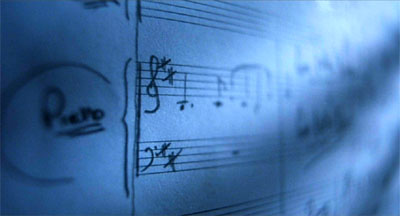
Indisputably the work of a master, to a much greater degree than anything else around at the moment, Krzysztof Kieslowski’s first feature without reference to his native Poland is sufficiently contemporary and allegorical to take the future of Europe, and a “unified” Europe at that, as one of its themes. Palpably concerned with loss and regeneration, suffering and transcendence, Blue calls to mind some of the better late works of Ingmar Bergman in its powerful sense of dramatic concentration; it doesn’t have quite the undertow of neurosis that presumably made those films so exemplary for Woody Allen, but it does have a much bolder grasp of the movements and vagaries of consciousness.
In the opening moments of Blue the leading character, Julie (Juliette Binoche), loses both her husband, a famous French composer, and her five-year-old daughter in a car crash; the remainder of the film charts her mental and spiritual recovery. The film’s remarkable economy is already apparent in the opening shot — a close-up of the spinning right front wheel of the car, seen from behind, as it speeds down a highway. Read more
I’ve appended a different title to this Chicago Reader review which ran on July 11, 2003 and restored a few details in my argument as well as phrases that a bleary-eyed editor, foregoing the Reader’s usual writer-friendly protocol, deleted at the last minute without telling me. Down with Love, in particular, continues to be a major revelation and source of pleasure for me. — J.R.
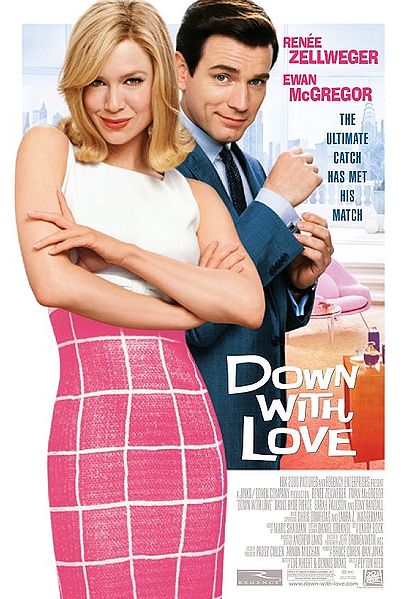
Down With Love
**** (Masterpiece)
Directed by Peyton Reed
Written by Eve Ahlert and Dennis Drake
With Renee Zellweger, Ewan McGregor, Sarah Paulson, David Hyde Pierce, and Tony Randall.
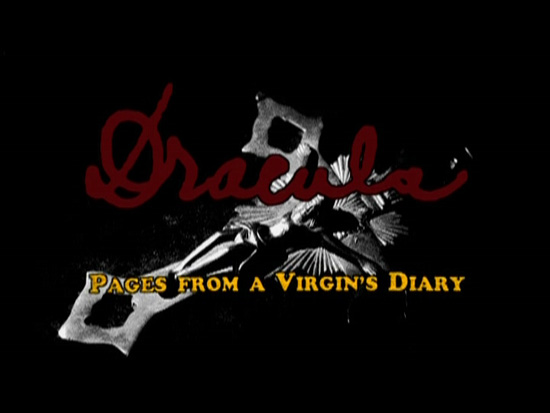
Dracula: Pages From a Virgin’s Diary
*** (A must-see)
Directed and written by Guy Maddin
With Zhang Wei-qiang, Tara Birtwhistle, David Moroni, CindyMarie Small, Johnny Wright, and Brent Neale.
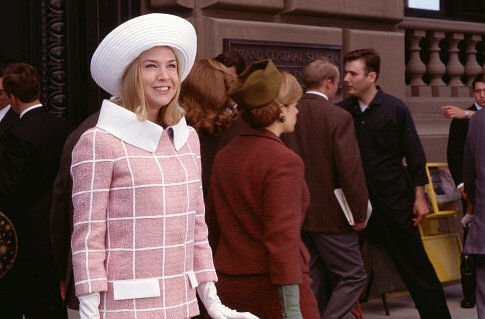
If a more interesting and entertaining Hollywood movie than Down With Love has come along this year, I’ve missed it. Down With Love — which has already closed in Chicago — is entertaining thanks to Eve Ahlert and Dennis Drake’s clever script, Peyton Reed’s mainly assured direction, inventive production and costume design, a musical number behind the final credits I’d happily swap all of Chicago for, and even a miscast Renee Zellweger pulling off a difficult climactic monologue. Read more
I originally planned to include this essay in one of my collections, but eventually changed my mind. It’s an embattled Sight and Sound piece that appeared in their Winter 1976/77 issue and was written towards the tail end of my two and a half years on the staff of that magazine, shortly before I returned voluntarily to the U.S. to accept a short-term teaching job replacing Manny Farber in a San Diego suburb.
In this piece, I castigated mainstream critics for sneering at both the psychoanalytical film theory being practiced at the time at Screen and experimental filmmaking (the focus of each of the two weeks at that year’s Edinburgh Film Festival), at the same time I castigated the organizers of (and many participants in) those two Edinburgh events for various other kinds of narrowness and conformity. What was consciously if paradoxically intended by me as some form of bridge-building between warring factions was in some ways also a kind of bridge-burning, locating myself in the precise middle of the same makeshift and disintegrating bridge I was supposedly trying to construct. In any case, after going to the trouble of retyping this very lengthy report, I found myself too alienated from most of its approach to reprint it in a collection of mine. Read more
This appeared in the May 28, 2004 issue of Chicago Reader. Coffee and Cigarettes, incidentally, proved to be one of the surprise hits of Jarmusch’s career — not as commercially successful as the subsequent Broken Flowers (though I prefer it to that), but more popular than anticipated. The overhead shots of expresso cups in a more recent Jamusch feature, The Limits of Control, recall those in Coffee and Cigarettes — providing even more of a contrast with some of the weird, transgressive, and uncharacteristic camera angles in the more recent film, starting with the very first shot. (Note: the first photograph below is by Jean-Daniel Beley, who has requested a credit.)—J.R.

Coffee and Cigarettes
*** (A must-see)
Directed and written by Jim Jarmusch
With Roberto Benigni, Steven Wright, Joie Lee, Cinqué Lee, Steve Buscemi, Iggy Pop, Tom Waits, Joe Rigano, Vinny Vella, Vinny Vella Jr., Renee French, E.J. Rodriguez, Alex Descas, Isaach de Bankolé, Cate Blanchett, Jack White, Meg White, Alfred Molina, Steve Coogan, GZA, RZA, Bill Murray, Bill Rice, and Taylor Mead.

At first Jim Jarmusch’s Coffee and Cigarettes, made over a span of 17 years, looks like a departure for him. It consists of 11 entertaining, mainly comic short films in black and white that show people mainly sitting around in coffeehouses mainly drinking coffee, mainly smoking cigarettes, and mainly talking. Read more
This review of Night Moves appeared in the May 1975 issue of Monthly Film Bulletin. [September 11, 2009 postscript: Having just reseen Night Moves for the first time since it came out, I think it holds up remarkably well, in terms of its script and direction and almost uniformly fine performances. There’s also some additional interest now in seeing Melanie Griffith in her first credited performance and James Woods, less impressive, in one of his earliest after Elia Kazan discovered him for The Visitors. As for Alan Sharp, it would appear that his filmography (which also includes The Hired Hand and Ulzana’s Raid) warrants further investigation — as does Jennifer Warren’s.] — J.R.
Night Moves
U.S.A., 1975 Director: Arthur Penn

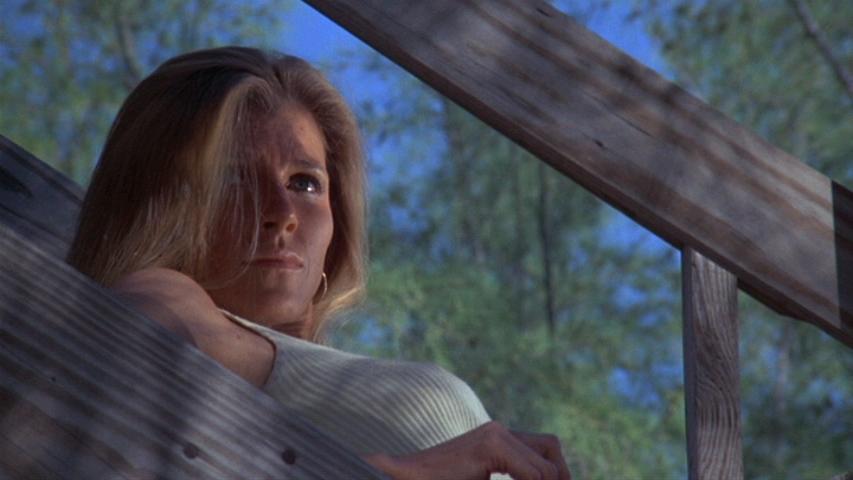
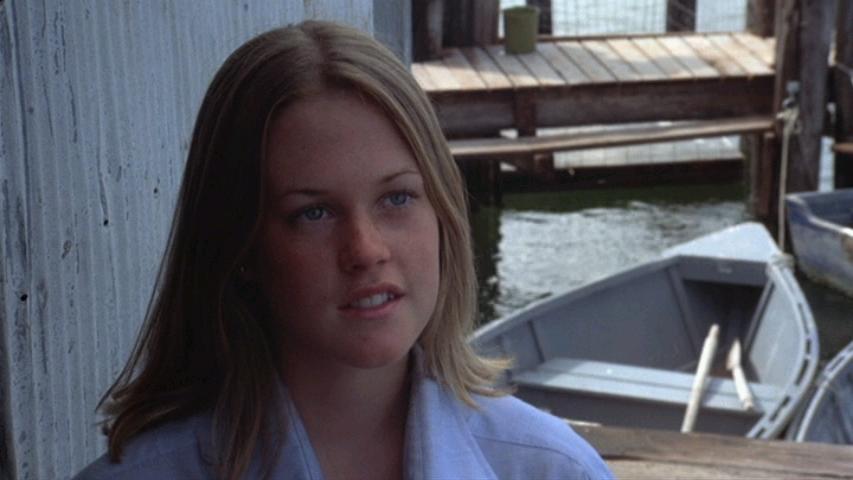
Cert—X. dist—Columbia-Warner. p.c—Hiller Productions/Layton. p—Robert M. Sherman. assoc. p—Gene Lasko. p. manager—Thomas J. Schmidt. asst. d—Jack Roe, Patrick H. Kehoe. sc—Alan Sharp. ph—Bruce Surtees. col—Technicolor. underwater ph—Jordan Klein. ed—Dede Allen, Stephen A. Rotter. p. Read more
From the Chicago Reader (September 28, 1990). This is the first time I wrote at length about what is still my favorite Eastwood film; the second time was many years later, and that piece can be found here. — J.R.

WHITE HUNTER, BLACK HEART
**** (Masterpiece)
Directed by Clint Eastwood
Written by Peter Viertel, James Bridges, and Burt Kennedy
With Clint Eastwood, Jeff Fahey, George Dzundza, Alun Armstrong, Marisa Berenson, Timothy Spall, and Mel Martin.
I can’t say that I’ve been one of Clint Eastwood’s partisans. He was amusing as the Man With No Name — the mean, laconic hombre whose supercoolness suggested a hip Gary Cooper — in Sergio Leone’s mid-60s western trilogy (A Fistful of Dollars, For a Few Dollars More, and The Good, the Bad, and the Ugly), and fun in Coogan’s Bluff and Two Mules for Sister Sara shortly afterward. But for me the joke of this ornery, poker-faced, string-bean dude was already running thin as early as Dirty Harry (1971), a right-wing remake of High Noon that amplified Eastwood’s relation to Cooper and marked the point at which he was moving commercially into high gear. (To my mind, the gothic excesses and male hysteria of The Beguiled, made the same year — a Civil War tale in which Eastwood was seduced and unmanned by a bevy of females in a girls’ school — were much more interesting.) Read more
As much as I revere some of the Belgian films of Chantal Akerman, if I had to choose only one Belgian film to take with me to a desert island, I’d have a pretty rough time forsaking this 1971 masterpiece by André Delvaux, which I seriously, even spectacularly, underrated when I reviewed it for the Monthly Film Bulletin (in their April 1976 issue, vol. 43, no. 507) — although paradoxically I seemed pretty well attuned to its special enchantments even when I kept finding ways to undervalue them, perhaps because I couldn’t find adequate ways to account for them. Happily, I’ve been able to rediscover this film thanks to a sublime Belgian box set that I reviewed some time ago. — J.R.

Rendez-vous à Bray (Rendezvous at Bray)
France/Belgium/West Germany, 1971
Director: André Delvaux
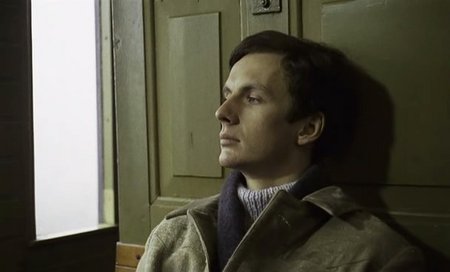
Cert—A. dist—Essential Cinema. p.c—Parc Films/ORTF (Paris)/Studios Arthur Mathonet/Ciné Vog (Brussels)/Taurus Film (Munich). p—Mag Bodard. assoc. p—Philippe Dussart, Pierre Gout. asst. d—Charlotte Fraisse, Michel Rey. sc–André Delvaux. Based on the story Le Roi Cophétua by Julien Gracq. ph—Ghislain Cloquet. col—Eastman Color. ed—Nicole Berckmans. a.d—Claude Pignot. m—Frédéric Devreese; excerpts from the works of Brahms (including Intermezzos Nos. Read more
This book review appeared in the Winter 1974/5 issue of Sight and Sound. For illustrations, I’m including a contemporary photograph of the author, Noël Burch (seen here in Rotterdam with the late Allan Sekula) and two stills from Burch’s first and (probably) best film, Noviciat (1964 — only 18 minutes long, but including illustrations of a remarkable number of the formal procedures described in his book.
Shortly after this review appeared, I recall receiving a gratifying fan letter of sorts from James Leahy, a teacher at the Slade School in London and a devoted Burch disciple, at least at the time. — J.R.
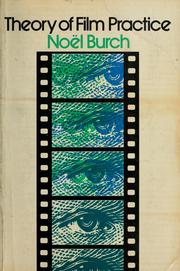
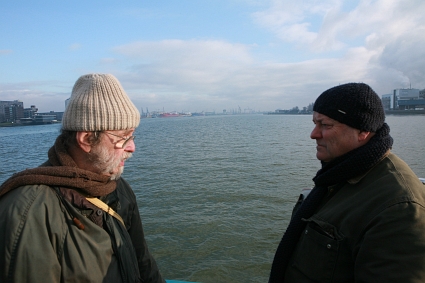
THEORY OF FILM PRACTICE
By Noël Burch
Translated by Helen R. Lane
Secker & Warburg, ₤3.50 (paperback, ₤1.90)
“Theory of Film Practice is at every point derived from and confirmed by the perception that film develops not through the contraints and coventions of an industry, but in opposition to them.” Thus Annette Michelson, in her exemplary introduction to this revised and updated English edition of Praxis du cinéma (1969), sets forth one salient fact about Noël Burch’s seminal work that clearly isolates it from the critical mainstream as we know it today.
There are many others: a total rejection of the illusionist principle which was expanded in depth by André Bazin (more precisely, extended into deep focus), and has subsequently been adopted as an unexamined postulate by most of his epigones; a ‘scientific’ approach that rigorously eschews journalism, sociology, literary analysis and the promulgation of moral concerns, however much it reflects Burch’s own aesthetic predilections; above all, an obstinate insistence on regarding films as sounds, images and the formal relationships between them. Read more

A reorganized and self-regulated Hollywood bounced back in 1935, but times were different then. Movies were America’s universal culture. Now, they’re not even close. Like then, the technology is changing—-but in a far different way. Movies are expendable. Folks will give up $12 tickets, cancel Netflix, and cut cable to save their high-speed Internet connection. With the president’s fireside chats posted online, the new Hoovervilles will certainly have broadband. Is there a downsized future for Katzenberg’s product? As one bankrupt mogul said to another, “YouTube?!”–J. Hoberman, “Why Hard Times Won’t Mean Good Times at the Movies Again,” The Village Voice, February 3, 2009
Average number of hours of television watched per week by Americans aged 43 to 61: 19 Average number watched by those aged 26 to 42 and those aged 14 to 25, respectively: 15, 11–“Harper’s Index”, Harper’s Magazine, March 2009 [2/13/09]
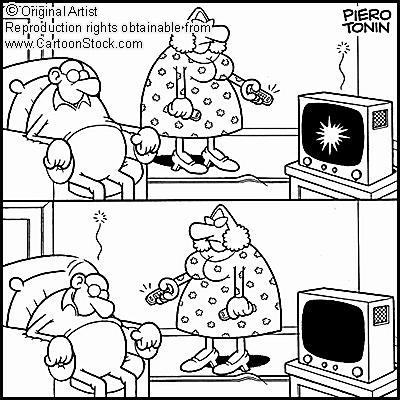 Read more
Read more
Written for the BFI DVD release of The Gold Diggers in 2009. — J.R.
A quarter of a century after its initial unfriendly reception, it’s worth puzzling over why a film as beautiful, as witty, as imaginative, and as brilliant as Sally Potter’s first feature could have given so much offense to certain spectators in 1983. The recoil was so unforgiving in some quarters that Potter, after touring extensively with the film, came to seriously question it herself — or at least the wisdom of having made it, insofar as it was already threatening to end her ambitious career in filmmaking almost before it had properly started, thereby eventually persuading her to withdraw the film from circulation. (By contrast, the exceptional success of her 34-minute Thriller in 1979, an unpacking of Puccini’s La Bohème, made with many of the same collaborators — most notably Colette Laffont, Lindsay Cooper, and Rose English — had clearly heightened her expectations.) Now that it’s belatedly becoming available again on DVD, it’s more than entitled to a fresh look — including a consideration of what originally perturbed some people about it.
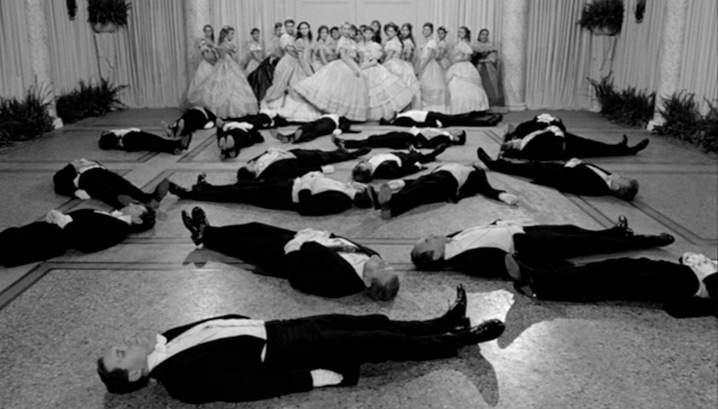
Even after one totes up all of the most obvious of the possible objections that could be raised against The Gold Diggers — boredom, anti-feminist backlash, envy of other independent filmmakers for Potter’s lavish funding from the National Film Board, pretentiousness, allegorical and metaphorical density, sheer difficulty (as Ruby Rich, a sympathetic analyst, put it in her 1998 book Chick Flicks, `Its commitment to narrative [is] minor’) — the inability or refusal of many viewers to grasp or even notice The Gold Diggers’ no less obvious and unassailable strengths continues to confound me. Read more
This appeared in the October 1974 issue of Monthly Film Bulletin. This was long before the silent version of Blackmail was rediscovered and restored. — J.R.
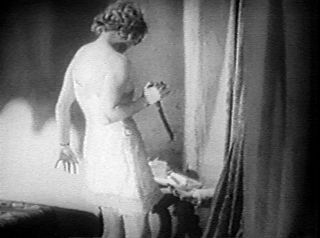
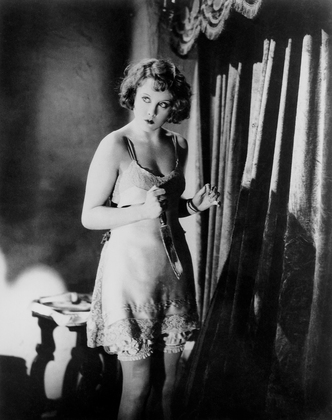
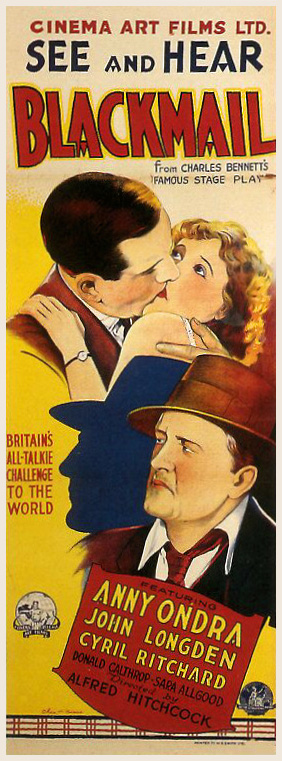
Blackmail
Great Britain, 1929 Director: Alfred Hitchcock
The extraordinary plateau attained by Hitchcock’s first sound film in relation to his overall development is the sum of many accomplishments: above all, a decisive mastery in moving back and forth between objective and subjective narrative modes. If the point-of-view is one of the cornerstones in Hitchcockian syntax, the film quite likely represents the first time in the director career that it is woven so seamlessly into a plot that all notions of stylistic “touches” gives way to a sustained psychological density. Beginning virtually like a documentary, Blackmail provides a quick foretaste of subjective truth in its early glimpses of the anonymous criminal, which subtly veer from the police’s viewpoint to his own – shifting, that is, from one kind of fear and apprehension to another. The complex overtones and ambiguities of the film are informed throughout by this kind of duplicity and intimacy, which oblige us to identify with rapist along with potential victim, murderer along with corpse, and detective along with blackmailer, at the same time as we are asked to regard them all with a certain amused skepticism. Read more
This ran in the May 1, 1992 issue of Chicago Reader. Criterion brought out a new Blu-Ray edition of this film yesterday, with many extras, so I’ve just looked at it again, and enjoyed it somewhat better this time, particularly for its pacing. My piece strikes me now as unduly peevish in spots, in part because I was reviewing the hype as much as the movie (I especially regret my swipe at Terrence Rafferty), although I still agree with much of it — and am pleased that Sam Wasson’s essay for the Criterion release agrees with one of my major arguments when he writes, “Far from making the trenchant, bitter satire so many critics would describe even after they saw the movie, Altman bypassed The Day of the Locust for Our Town and actually made a charmed, even gleeful movie about his so-called nemesis. That’s why so many people in Hollywood love The Player.” — J.R.
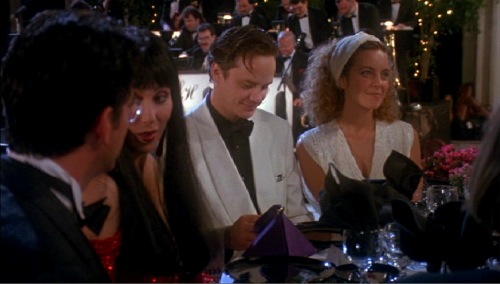
THE PLAYER
* (Has redeeming facet)
Directed by Robert Altman
Written by Michael Tolkin
With Tim Robbins, Greta Scacchi, Fred Ward, Whoopi Goldberg, Peter Gallagher, Brion James, Cynthia Stevenson, and Dean Stockwell.
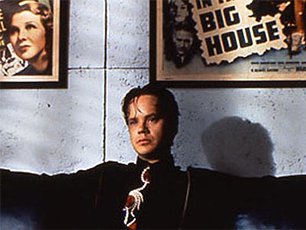
Movies-about-moviemaking tend to come in two flavors: the celebratory (Day for Night, Singin’ in the Rain) and the sardonic (Sunset Boulevard, The Bad and the Beautiful, Barton Fink). Read more
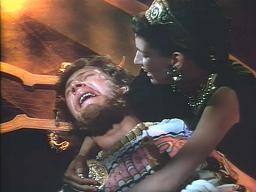
“Is this the end of Nero?” cries Peter Ustinov towards the end of his superbly hammy death scene in Quo Vadis (1951). I can’t recall anyone ever accusing director Mervyn LeRoy, one of Sam Fuller’s favorite directors, of being an auteur, but this clear reference to Edward G. Robinson’s “Is this the end of Little Rico?” in LeRoy’s Little Caesar suggests some kind of sly skullduggery. Even more, I wonder if Ustinov’s eye-rolling Nero occasionally made some of the participants at MGM on this picture think of Louis B. Mayer, just as Leo Genn’s Petronius (see below) might have occasionally suggested Dore Schary.
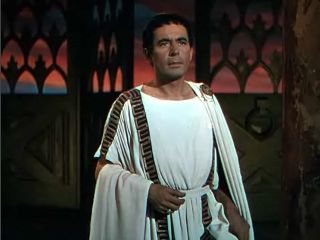
The culmination of this three-hour spectacle, based on an international best seller (1895) by a Polish Nobel prizewinner is, of course, Christians getting thrown to the lions or roasted at stakes as scapegoats for Nero having recently burned down Rome so he could write a tacky musical poem about it — leading Petronius, his main yes-man, after suavely slitting his wrist, to dictate a witty, urbane letter to his studio head in his dying breath, proclaiming that it’s perfectly okay to wipe out the multitudes, but does he have to produce bad art in the bargain? Of course the Roman masses don’t mind at all about filling up the gigantic stadium to be amused and entertained by the slaughter of these Jewish martyrs, which they’re happy to cheer and laugh at, at least until Robert Taylor tells them not to and to cheer the overthrow of Nero instead. Read more
Written in September 2009 for a Criterion’s DVD box set devoted to Roberto Rossellini’s War trilogy, released a few months later. — J.R.

Unlike the more aesthetically and intellectually conceived French New Wave, Italian neorealism was above all an ethical initiative — a way of saying that people were important, occasioned by a war that made many of them voiceless, faceless, and nameless victims. But this was, of course, a conviction that carried plenty of aesthetic and intellectual, as well as spiritual, consequences, including some that we’re still mulling over today.
Deliberately or not, Germany Year Zero concludes Roberto Rossellini’s War Trilogy by posing a kind of philosophical conundrum, a fact already signaled by its title, which he borrowed, with permission, from a book by French sociologist Edgar Morin. It was a title that stumped even Joseph Burstyn and Arthur Mayer, the American producers of Rome Open City and Paisan, and the fact that Rossellini, characteristically trusting his instincts, refused to say what he meant by it eventually encouraged them to back out of the project, which was largely financed by the French government. Read more
This is the first of all my Paris Journals for Film Comment, written for their Fall 1971 issue, and also the first piece I ever published in that magazine, when it was still a quarterly. This Journal is missing only its first section — a somewhat misinformed and misconstrued account of an ongoing feud at the time between Cahiers du Cinéma and Positif that I see little point in recycling now. (I’ve corrected a few errors here, but also left in a few others — such as the running time and title of OUT 1 — to preserve some period flavor.) I wound up writing this column for virtually every issue of the magazine, which soon afterwards became a bimonthly, for my remaining three years in Paris, then transformed it into a London Journal during my two and a half years in the U.K., and finally turned it into a column called “Moving” for a brief spell after I moved back to the United States in early 1977. (If memory serves, the last of the “Moving” columns became the prelude to my first book, Moving Places: A Life at the Movies, published by Harper & Row in 1980.) —J.R. Read more


























